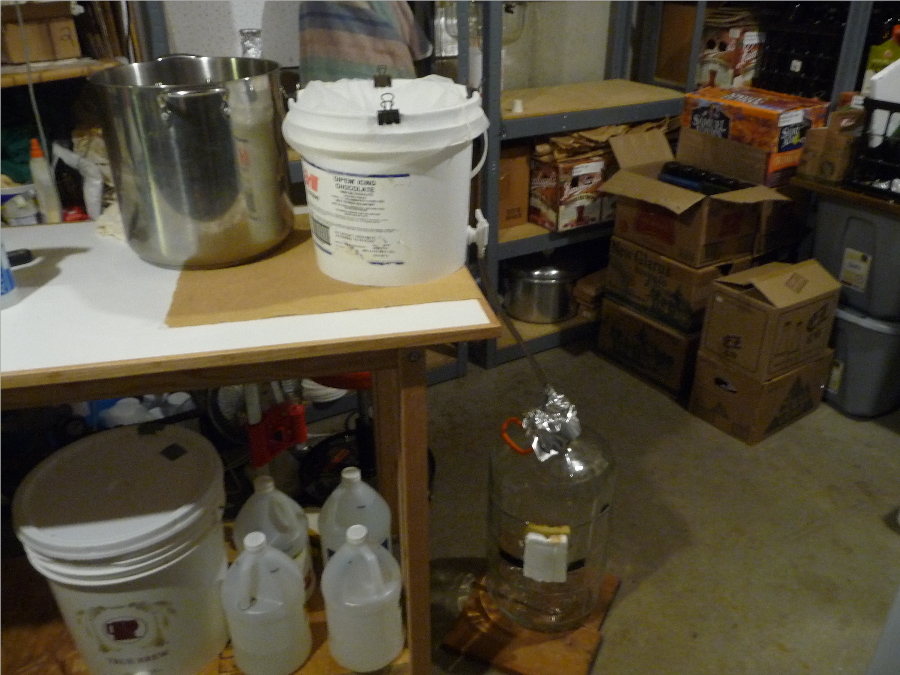Hi all
Ive just done my first attempt at a new england. I added 250g of pellet hops at flameout. Needless to say it became like a soup, the hops never really percipitated and i regret not having used a muslin bag. That said its not even been dry hopped and it already stank!!! like simcoe and citra in a bag. I had to use a sanitized metal strainer and took me half an hour to strain and rack to primary, lost a good 2/3l of wort too.
Now i want to dry hop with 500g total divided in halves, one at the end of primary and another once fg has been reached. How safe am i in assuming the hops will precipitate in max 48h and i can confortably siphon the dry hopped beer? I know its a lot of hops...
I do not want to use a muslin bag for this step, let me know how you would do it or from your knowledge what will happen when half a pound of hops are added in dry hopping.
thanks
ps> ive previously only used muslin bag for dry hopping, but after extensive research i feel i woud get more into the wort by letting the hops go all loosey goosey.
Ive just done my first attempt at a new england. I added 250g of pellet hops at flameout. Needless to say it became like a soup, the hops never really percipitated and i regret not having used a muslin bag. That said its not even been dry hopped and it already stank!!! like simcoe and citra in a bag. I had to use a sanitized metal strainer and took me half an hour to strain and rack to primary, lost a good 2/3l of wort too.
Now i want to dry hop with 500g total divided in halves, one at the end of primary and another once fg has been reached. How safe am i in assuming the hops will precipitate in max 48h and i can confortably siphon the dry hopped beer? I know its a lot of hops...
I do not want to use a muslin bag for this step, let me know how you would do it or from your knowledge what will happen when half a pound of hops are added in dry hopping.
thanks
ps> ive previously only used muslin bag for dry hopping, but after extensive research i feel i woud get more into the wort by letting the hops go all loosey goosey.
Last edited:






